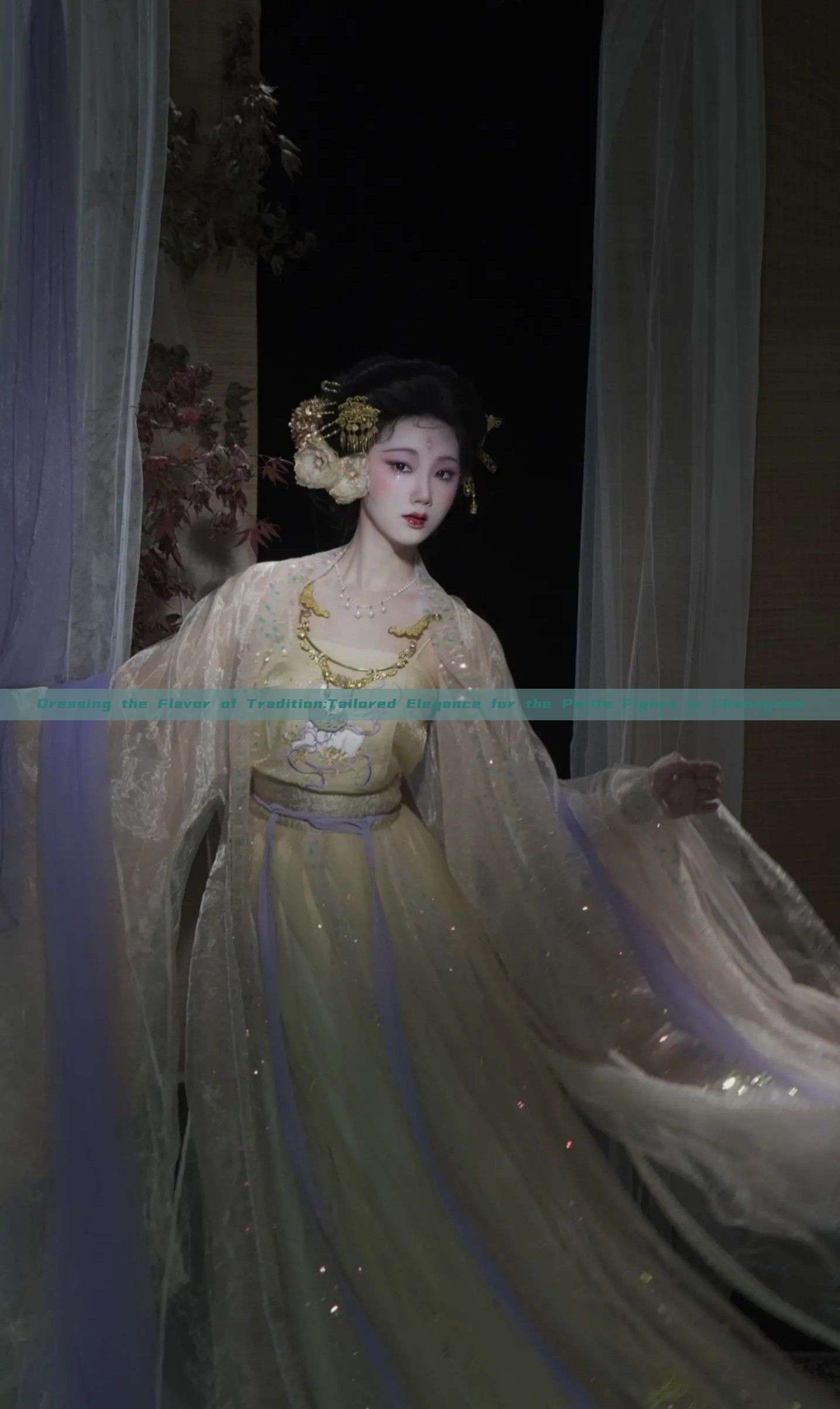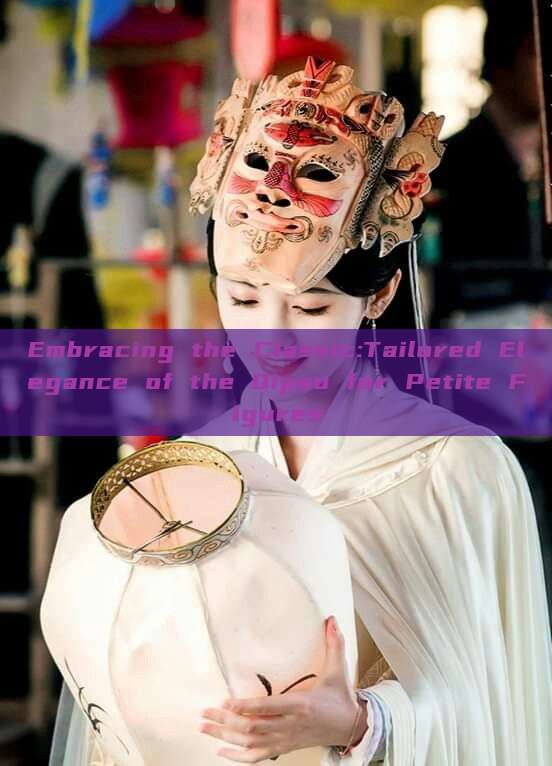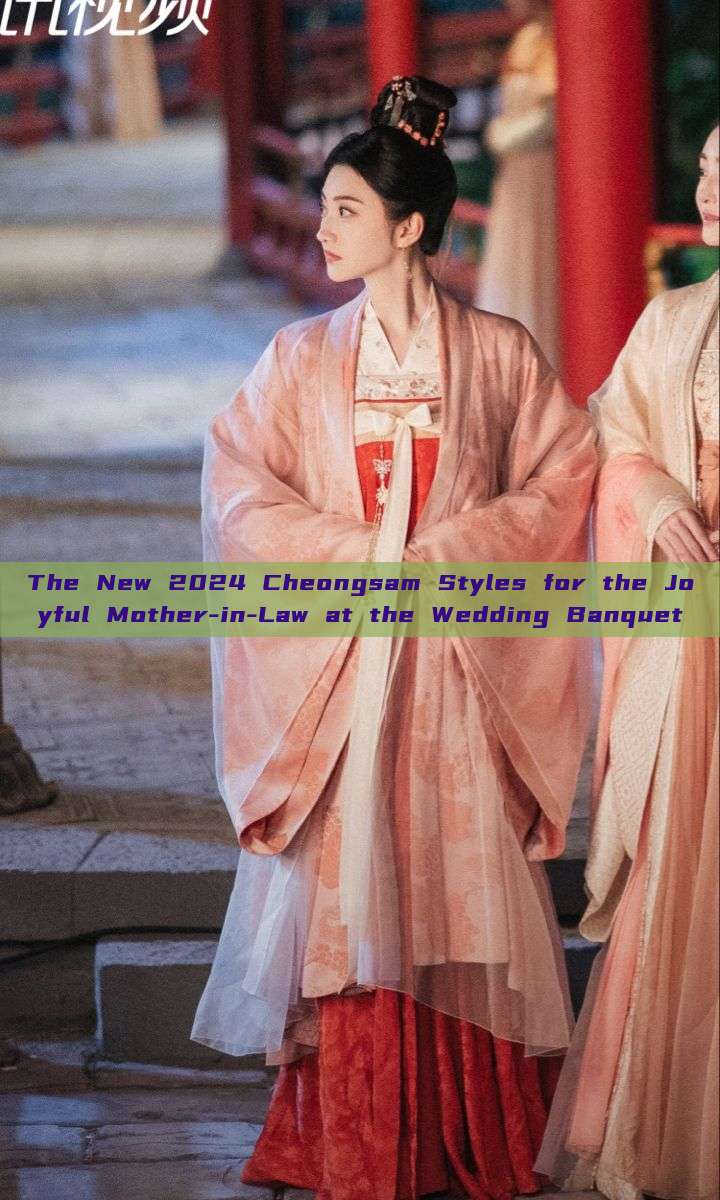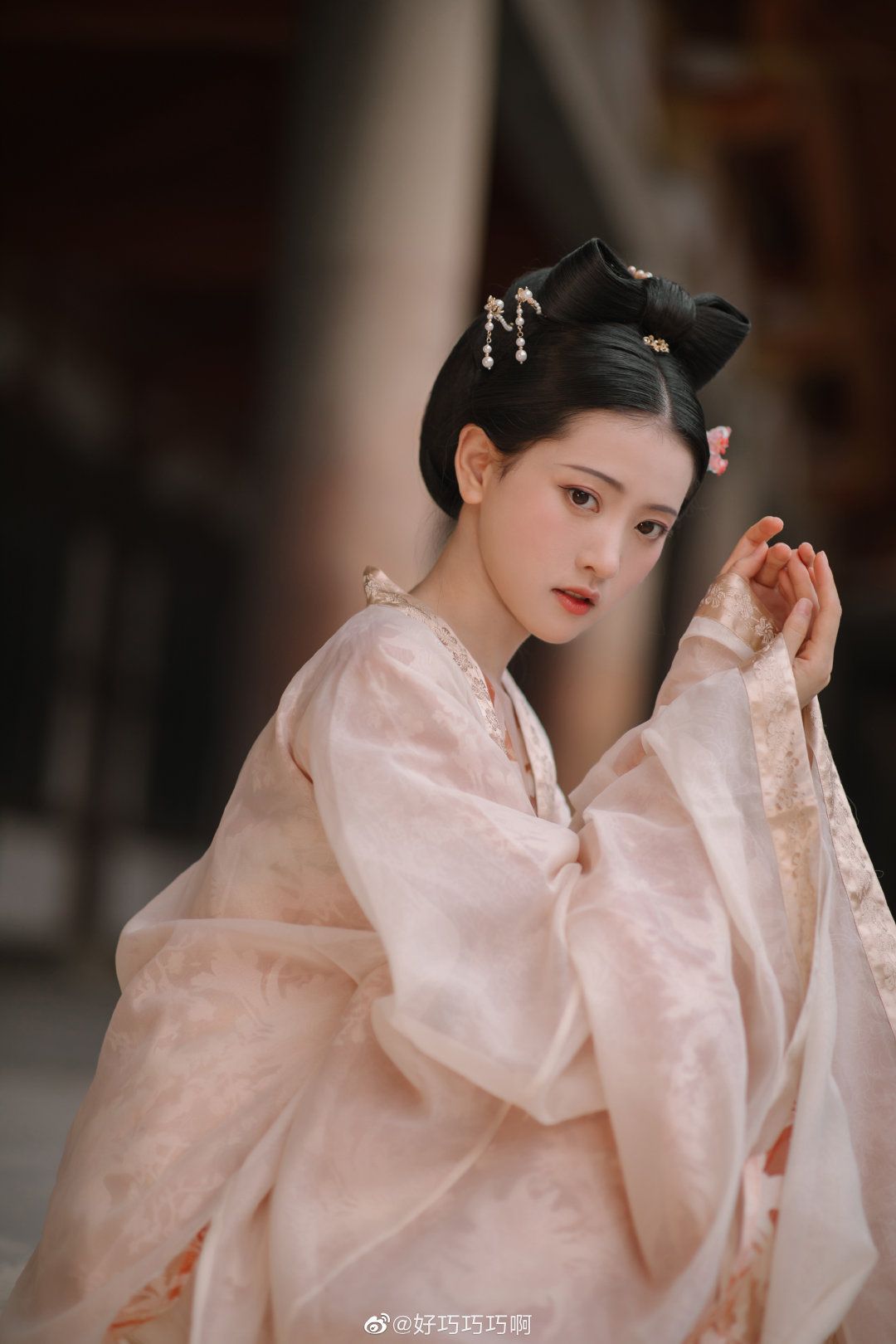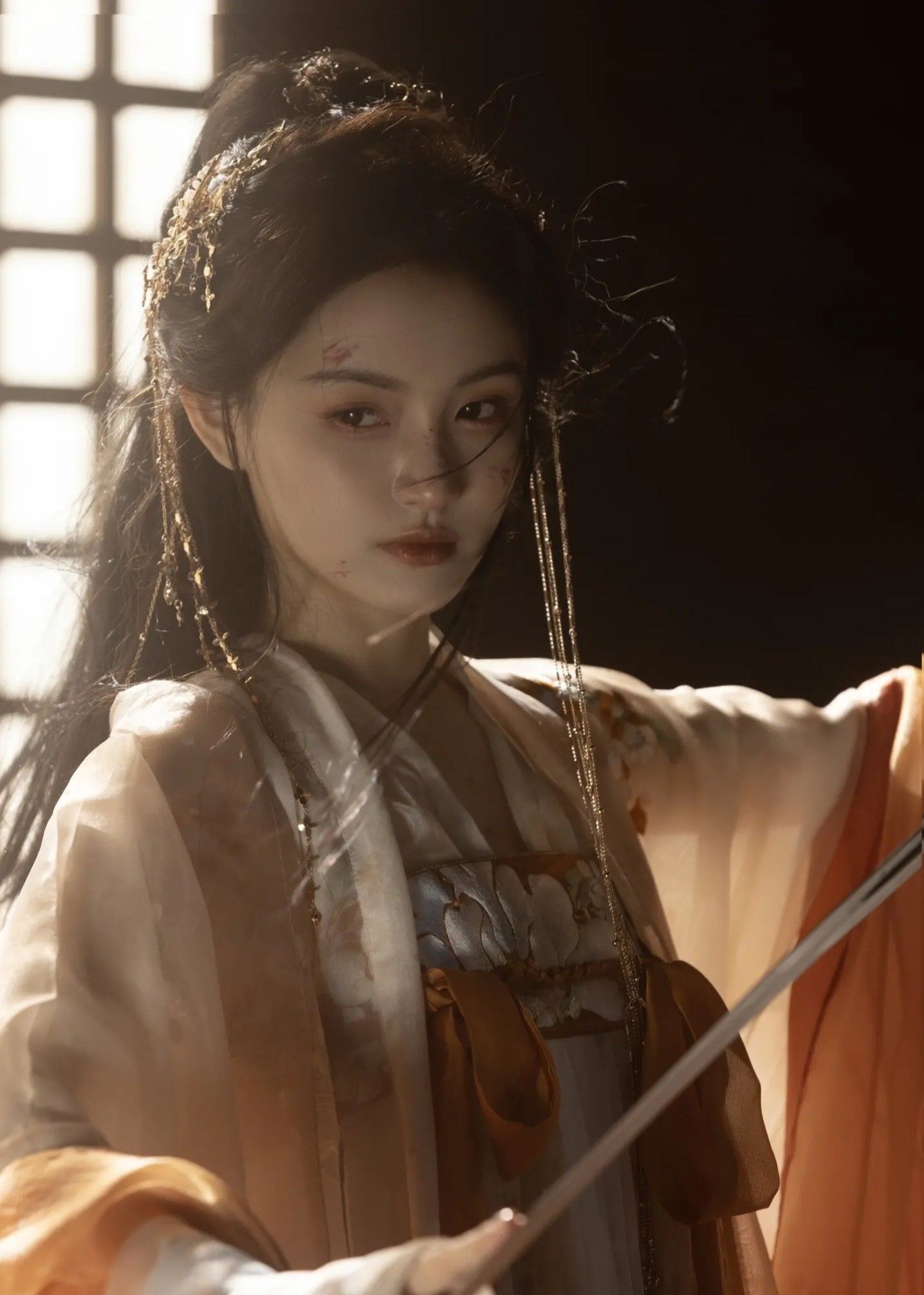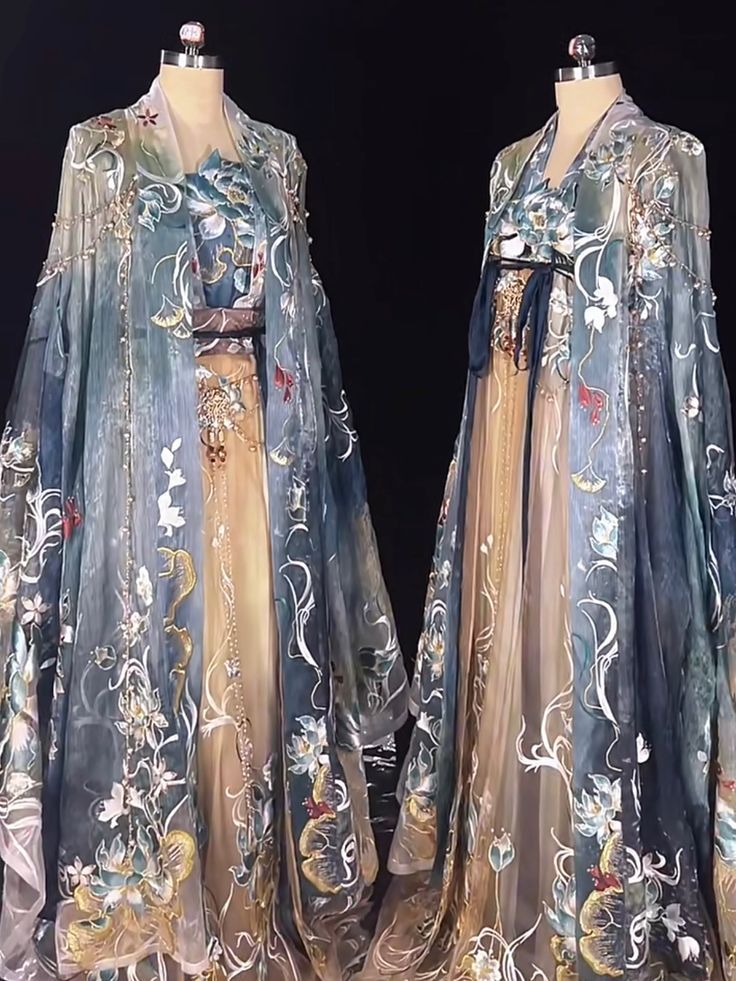In the tapestry of Chinese historical clothing, the Hanfu attire stands out as a vibrant symbol of cultural heritage and traditional elegance. Specifically, the cross-collared gowns of the Ming Dynasty (1368-1644 AD) are a prime example of this rich cultural expression.
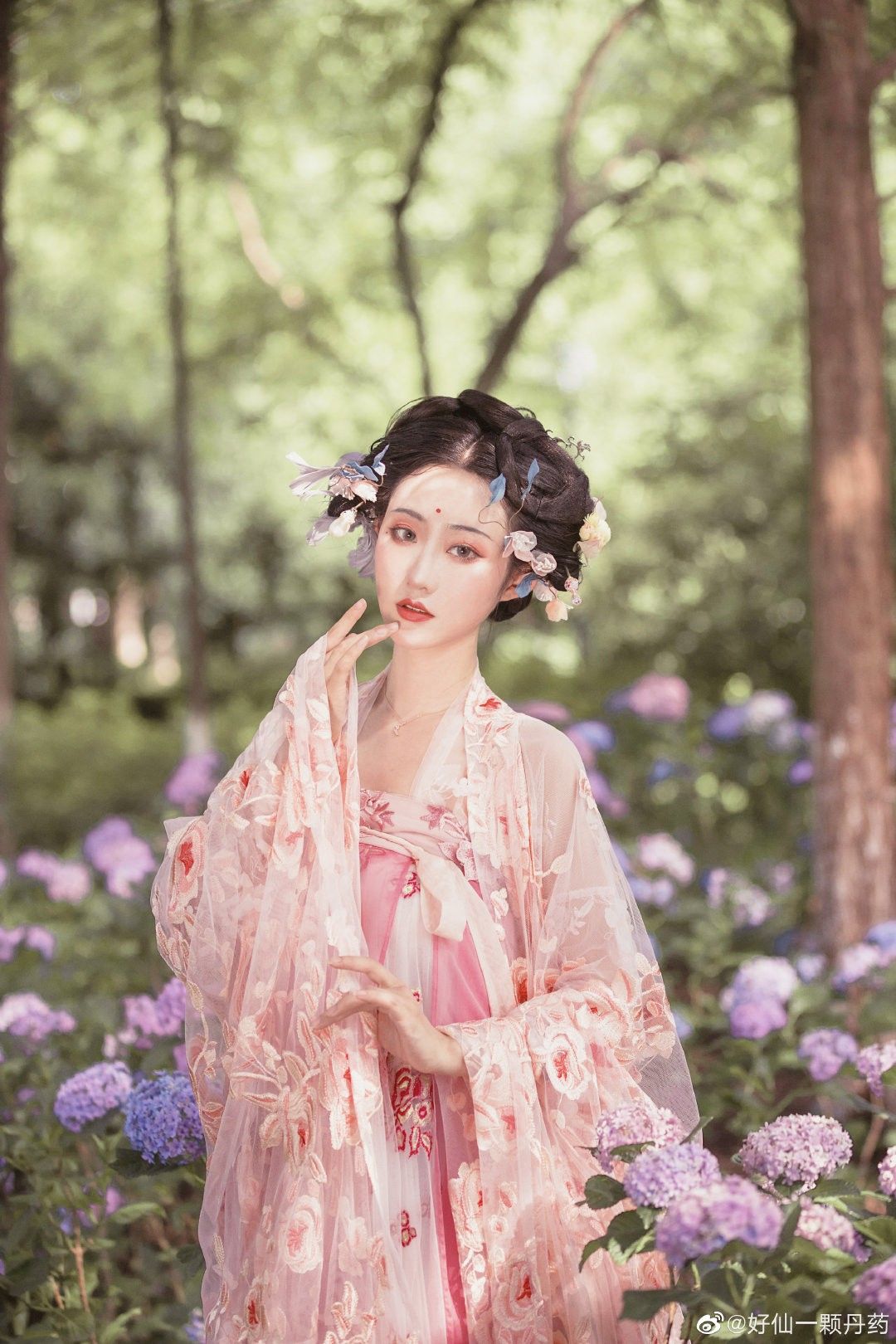
Originating from the Han dynasty (206 BC – 220 AD), Hanfu, also known as “汉服”, is a traditional Chinese clothing style that persisted through numerous historical eras. The Ming Dynasty saw a renaissance in Hanfu fashion, with cross-collared gowns becoming a popular choice for both men and women.
The cross-collared gowns of the Ming Dynasty are characterized by their unique design elements and intricate craftsmanship. The term “交领” in Chinese refers to the characteristic crossover of the collar, which gives the gowns a distinctive and elegant look. This design not only enhances the wearer’s posture but also symbolizes cultural dignity and respect.
The gowns were made from high-quality materials such as silk and cotton, and were often adorned with intricate embroidery, beads, and other ornaments. The use of vibrant colors and patterns further enriched the visual appeal of these gowns.
Men’s and women’s gowns differed in terms of style and embellishments, reflecting the social norms and gender roles of the time. While men’s gowns were simpler in design, emphasizing functionality and dignity, women’s gowns were more elaborate, often featuring intricate embroidery and patterns that reflected their status and taste.
The cross-collared gowns of the Ming Dynasty were not only worn for ceremonial occasions but also for everyday wear. They were a symbol of cultural identity and traditional values, reflecting the wearer’s respect for ancestors and traditional norms.
The influence of these gowns extends beyond the Ming Dynasty, as they have become a symbol of Chinese cultural heritage and are often worn during festivals and cultural events. The revival of Hanfu culture in recent years has brought back the cross-collared gowns, which are now worn by people worldwide as a symbol of respect for Chinese culture and history.
In conclusion, the cross-collared gowns of the Ming Dynasty are a testament to the rich cultural heritage of China. They reflect the country’s rich history, traditional values, and artistic craftsmanship. The revival of Hanfu culture has brought these gowns back into the mainstream, allowing people worldwide to appreciate and understand the beauty and significance of Chinese culture.
As we look back at the cross-collared gowns of the Ming Dynasty, we are reminded of the importance of preserving our cultural heritage and passing it down to future generations. These gowns are not just pieces of clothing; they are a part of our history, reflecting the values and traditions that have shaped China throughout the centuries.

